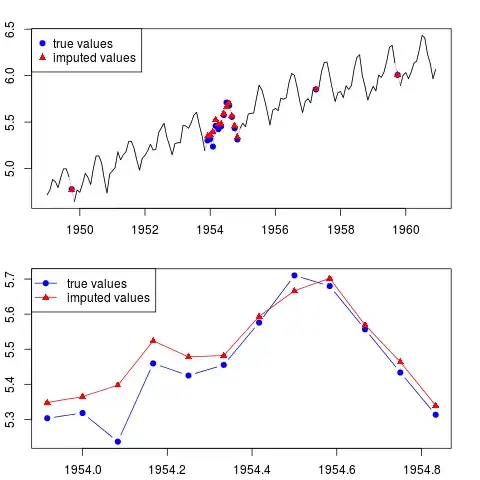The exponential distribution is a special case of the gamma distribution, so you have a Poisson-gamma compound-distribution (also known, confusingly, as a "mixture"). The resulting distribution is a negative binomial one - more specifically, a geometric distribution.
Specifically, you have $Z\sim\text{Pois}(\lambda)$, where $10\lambda\sim\text{Exp}(15)$ - so $\lambda\sim\text{Exp}(\frac{15}{10})=\text{Exp}(\frac{3}{2})$ (per Wikipedia), which is $\Gamma(1,\frac{3}{2})$ in the shape-rate parameterization. The Wikipedia entry for the negbin as a Poisson-gamma mixture then gives the parameters of the resulting negbin as $r=1$ and $\frac{1-p}{p}=\frac{3}{2}$, or $p=\frac{2}{5}$. Finally, Wikipedia again gives us the mean, variance and PMF:
$$ \begin{align*}
\mu &= \frac{pr}{1-p} = \frac{2/5}{1-2/5} = \frac{2}{3} \\
\sigma^2 &= \frac{pr}{(1-p)^2} =\frac{2/5}{(1-2/5)^2} = \frac{10}{9} \\
P(Z=z) &= {z+r-1\choose z}p^z(1-p)^r = (1-p)p^z.
\end{align*} $$
(Note that there is a little confusion at Wikipedia for the PMF, with $p$ and $1-p$ switching places between the box at the top and the section on the Poisson-gamma mixture. The formula here is the correct one and is taken from the Poisson-gamma mixture section.)
As COOLSerdash writes, we recognize this as a geometric distribution, which is also noted at the negbin Wikipedia page under "Related distributions" as the special case for $r=1$.
I like confirming calculations like these with simulations. (Actually, that is how I found the confusion for the PMF at the Wikipedia page.) Things seem to work out fine. R code:
rate <- 15
n_sims <- 1e7
set.seed(1) # for reproducibility
yy <- rexp(n_sims,rate=15)
xx <- rpois(n_sims,5*2*yy)
hh <- hist(xx,breaks=seq(-0.5,max(xx)+0.5),col="grey",freq=FALSE,las=1)
pp <- 2/5
lines(hh$mids,pp^hh$mids*(1-pp),type="o",pch=19,col="red")

The mean and variance we derived above match the simulations, too:
> mean(xx)
[1] 0.6667809
> var(xx)
[1] 1.1111
